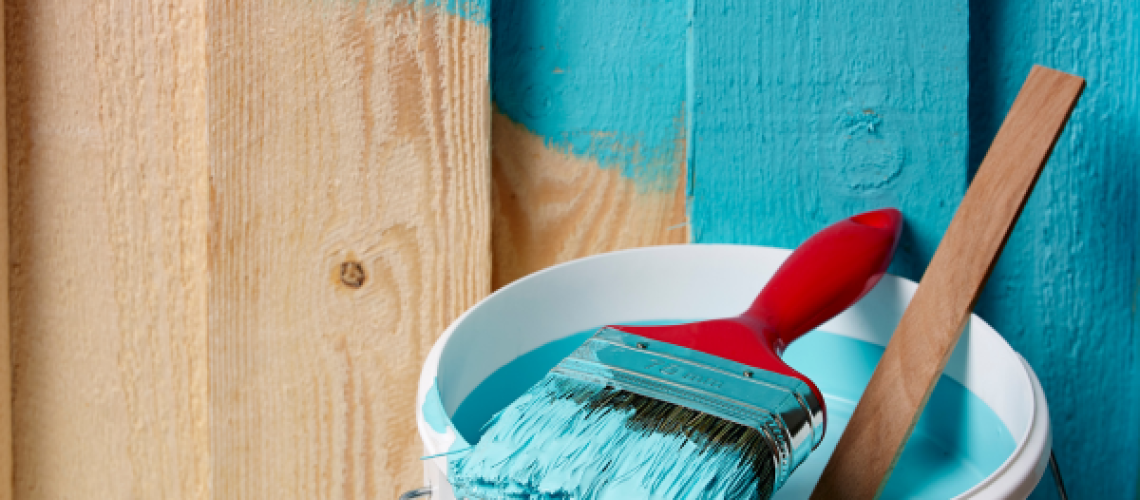Three Things to Know Before Painting Your Fence
Repainting a fence that is weathered has several benefits. New paint will protect the fencing material and help extend the life of the fence. It also improves the overall look of your outdoor space and can significantly add to the curb appeal of your home. Painting a fence is similar to painting cabinets or removing a popcorn ceiling in that it seems relatively straightforward, but it is typically more complex than expected. If you are considering painting your fence, here are three important details to know.
1. It’s a Large Space to Paint
It may sound odd to talk about a fence as a space you paint, but it can be helpful to think of it in this way when considering the amount of surface area that needs to be painted. When you paint a fence, you paint both sides, and this doubles the surface area that needs paint. Many fences in suburban yards are well over 250 feet at an average of 6 feet high. A fence of this size has a total surface area of 3,000 square feet, which is more surface area than the exterior of the average suburban home! Even though there isn’t quite as much prep on most fences compared to houses, the amount of paint or stain needed for the project ends up being roughly the same.
2. Painting a Fence Takes Extra Time
When gauging how long it could take to paint a fence, you may be tempted to compare it to painting a room. Painting a fence, however, requires painting a larger area and using different techniques than painting a room in a home. When you paint a room, you can use a roller or a paint sprayer because you are painting a solid and often relatively smooth and flat surface. While the types of fences vary, most don’t have a solid and completely flat surface. Some fences use planks with gaps between the planks and some are solid but often have some sort of texture or detail. Painting a fence takes more time because it requires more attention to detail.
3. You Need the Right Primer and Paint
Since fencing is made of materials that are different from interior walls, a standard latex primer and paint won’t work well for this project. Most fences are made of wood and require an oil-based primer to prevent stains from tannins leaking out of the wood. Failing to use an oil-based primer will not only mar the appearance of the top coat but could lead to a failing finish. It’s also important to use a paint that is specifically designed for the material of the fence. Using this type of primer and paint is often more expensive than interior primer and paint and can quickly increase the cost of the project.
These are three major details to consider when planning to paint a fence, but every project is a little different. If you are interested in learning more about painting your fence, JMJ Painters would be delighted to partner with you. You can schedule a free project estimate online or by calling us at (612) 255-3351.

